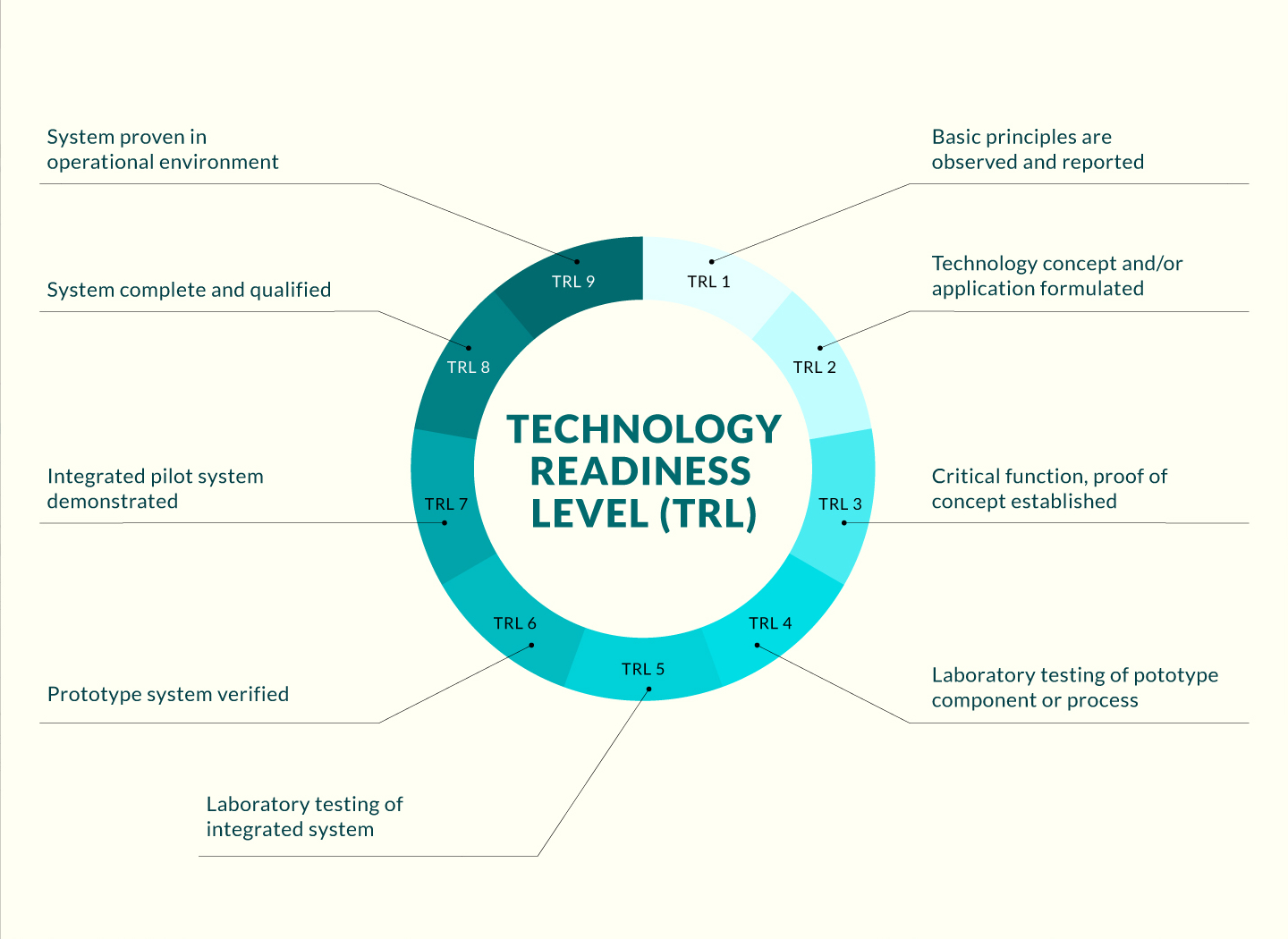
Opportunity
Globally, breast cancer is the most commonly diagnosed cancer and the second leading cause of all deaths in women. Approximately 15% of these cases involve triple-negative breast cancer (TNBC), an aggressive subtype that lacks expression of the oestrogen and progesterone receptors and human epithelial growth factor receptor 2 (HER2). Accordingly, therapies targeting those receptors are ineffective in patients with TNBC, who must be treated with chemotherapeutic agents, which are highly toxic and associated with many adverse and even life-threatening effects. Additionally, the non-specificity of chemotherapeutic agents increases the risk of treatment failure. Accordingly, therapies specific for molecular targets are urgently needed for the treatment of TNBC.
Technology
Expression of the protein TUBB2B has been detected in several cancer types, including TNBC. This makes TUBB2B a promising target for therapies aimed specifically at TNBC. Accordingly, a targeted therapy based on RNA interference (RNAi) has been developed to ‘turn off’ the production of TUBB2B in cancer cells. Following the transcription of the TUBB2B-encoding mRNA from its gene, a short hairpin RNA, delivered to the cancer cell by a lentivirus or a targeted gold nanoparticle, “silences” gene expression by blocking the mRNA from being translated by the protein machinery in the cell to produce TUBB2B protein. In cell culture experiments, the novel method of TUBB2B silencing substantially disrupted TNBC colony formation and induced cell death but did not affect the viability of normal human mammary epithelial cells.
Advantages
- Potential for greater therapeutic efficacy against TNBC than chemotherapy
- Potential for fewer toxic effects than chemotherapy
- Can be combined with other targeted molecular inhibitors to increase efficacy
Applications
- Targeted treatment of TNBC
- Targeted treatment of other cancers with TUBB2B overexpression, e.g., liver cancer, neuroblastoma, Hodgkin lymphoma, endometrial cancer
- Could inform the development of treatments for other disorders associated with gene overexpression



